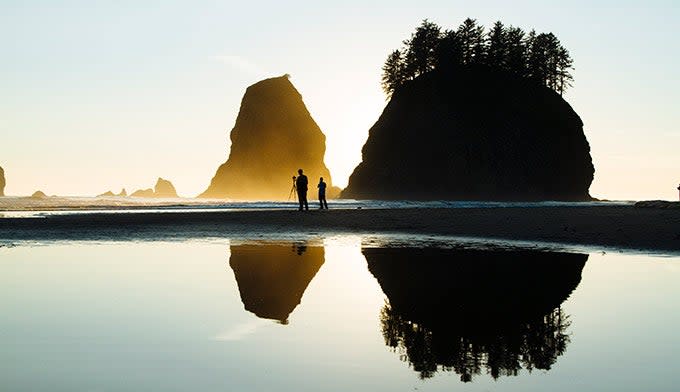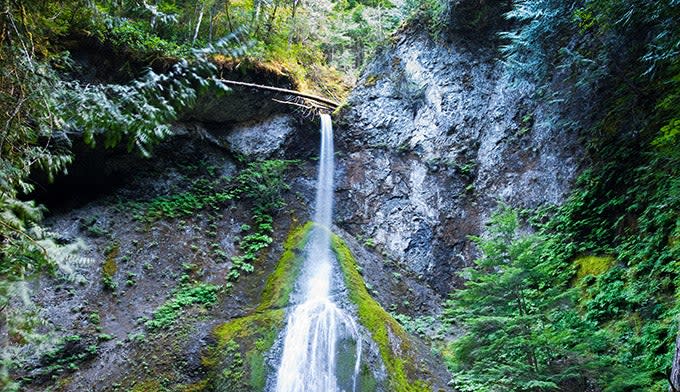3 Places Not to Take Selfies in Olympic National Park
This article originally appeared on My Olympic Park
Every year, people get injured in Olympic National Park, often without them fully comprehending the danger associated with what they were doing. Here are three places not to take a selfie, followed by suggestions on how to get the safer shot.
1. Don’t Pose for a Selfie Too Close to Wildlife
Olympic is home to some incredible animals, including black bears and mountain lions. Yet, these are wild animals, so do not try to get close up to an animal for a selfie shot. Wild animals will attack if they feel threatened, particularly if they have their young nearby.
Better Idea:
Park officials ask visitors to maintain at least 50 yards between themselves and wild animals. To give you a sense of this distance, 50 yards is half of a football field. If you cannot get a good shot of the animals from where you are standing, put your phone down and just enjoy watching it from a safe distance. It's a rare opportunity to be in the presence of a beautiful animal.
2. Don’t Head Down the Beach When You Are Unaware of Tides

Olympic's stunning 73-mile coastline will have you snapping photos for hours. But don't get so snap happy that you fail to pay attention to rising tides. Rising tides can trap visitors in several places along the coast, leading to an extremely dangerous situation.
Better Idea:
Before you set out on a beach stroll, be sure to stop in a visitor center or coastal ranger station and find out which headlands are passable only during low tide. Then pick up a topographic map that shows which headlands are passable, along with a tide chart. Pay attention to any places on the tide chart that read “danger,” “caution,” or “round at low tide.” Maps will vary in how they define the dangers. “Danger” can often mean a headland cannot be rounded at any time. “Caution” often means a low tide height below which it might be safe to round headlands.
Talk to a ranger about headlands and what you need to be aware of before setting off down the beach. It's important that you leave the visitor center knowing how to use your topographic map and tide chart and that you carry them with you on the beach. As you enjoy your beach time, keep an eye on the time (bring a watch or your phone fully charged), so you are aware of rising tides.
3. Don’t Pose Near Waterfalls

In search of a dramatic selfie, do not stand in rivers above or below Olympic's waterfalls to get the ultimate shot. Olympic's rivers are often fast-moving with deceptively slippery rocks. Even standing on the edge of the river could lead to serious injury.
In May 2016, a 30-year-old man walked across a fast-moving Sol Duc River to climb on a boulder in the middle of the river. It was above waterfalls. He slipped and fell 70 feet down two sets of waterfalls and miraculously survived. An onlooker captured the entire scene on video.
Better Idea:
Take your selfies along the trail and enjoy waterfalls from the trail. Cross the river where there are bridges. Keep an eye on family members and keep them away from rivers above and below waterfalls.
For exclusive access to all of our fitness, gear, adventure, and travel stories, plus discounts on trips, events, and gear, sign up for Outside+ today.

